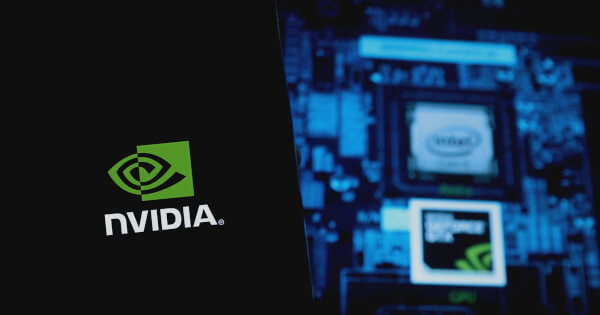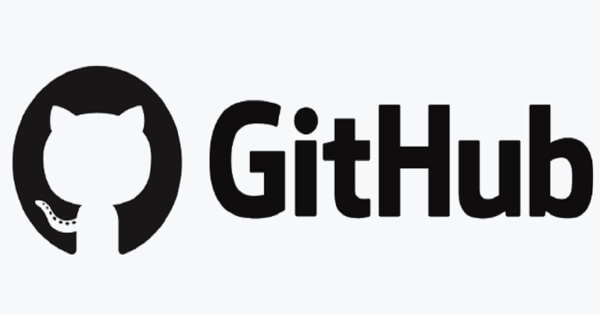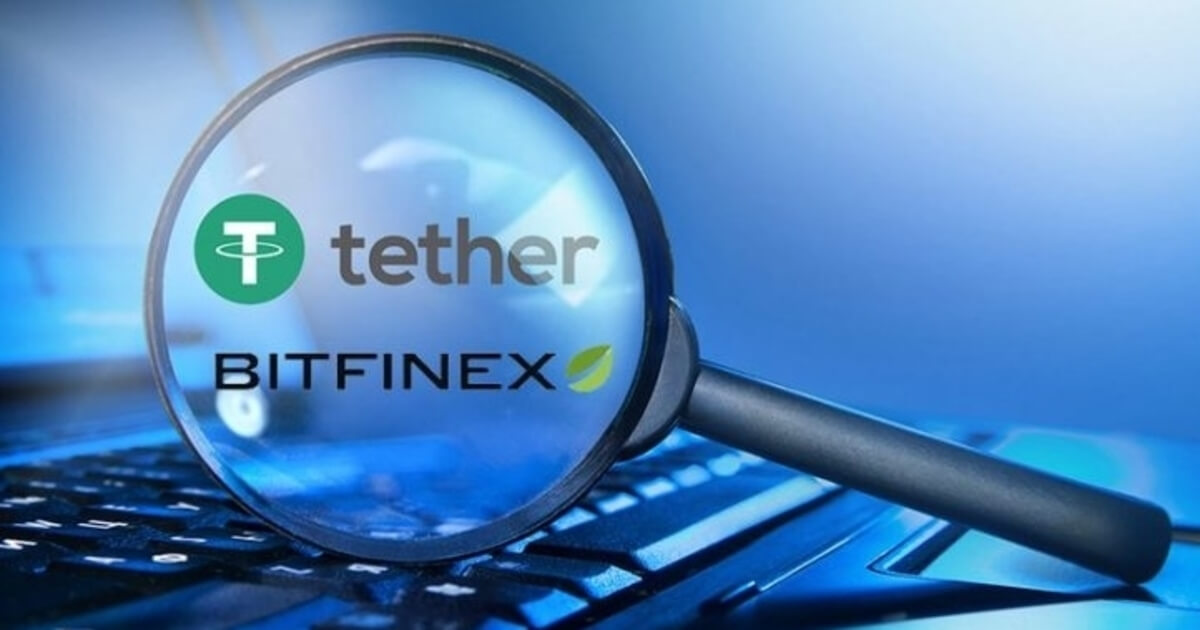Last week, I attended the Trezor Safe 7 launch event in Prague, and what struck me most was not only the product reveal, but also the city itself. Around 300 guests from exchanges, wallet providers, influencers, and Web3 startups packed into the venue on October 21. We were welcomed by a robotic laser show, followed by CEO Matěj Žák taking the stage.
He presented what the company calls their most significant hardware wallet in over a decade. The Safe 7 comes with a 2.5-inch color touchscreen (62% larger than the previous model), anodized aluminum body, and full wireless capabilities including Bluetooth 5.1 and Qi2 magnetic charging. At $249, it's positioned as a premium device, significantly more expensive than competitors like Ledger's offerings.
A defining moment for the entire industry!Trezor Safe 7 was built for you—with unprecedented security, transparency, and convenience. Every component, every line of code, every decision made with your freedom in mind.Choose freedom.Choose transparency.Choose security. pic.twitter.com/3vr9RBApoc
— Trezor (@Trezor) October 23, 2025
You can read more about the product itself here. Below, I would like to focus on five things I learned from attending this event in the heart of the Old Continent.
1. Prague Really Is Europe's Crypto Hub
Before arriving, I knew Prague had a crypto scene. After spending time there, I understand why people call it Europe's crypto capital. The numbers tell part of the story: over 95 Bitcoin ATMs across the Czech Republic, with most concentrated in Prague. But the reality hits differently when you're walking around and spotting crypto ATMs in shopping centers and seeing restaurants with Bitcoin payment stickers. According to BTCMap.org, there are currently more than 1,000 such places in the Czech Republic, with 700 located in Prague alone.
BTC Prague 2025 pulled over 10,000 attendees earlier this year, bringing in names like Michael Saylor and Adam Back. The city's historic tram line accepts crypto payments through platforms like GoCrypto and Confirmo.
The Czech Republic treats virtual currencies as commodities rather than legal tender, creating clarity that most European markets still lack.
2. Czechs Still Remember the Great Money Grab of 70 Years Ago
The fact that Trezor was created by Czechs, and that so many crypto businesses operate in this relatively small country, is not a coincidence. It's about historical memory. The communist regime that controlled Czechoslovakia from 1948 conducted currency reforms in 1953 that essentially confiscated citizens' savings overnight. People who had stored money in banks or kept cash at home saw their wealth wiped out by government decree.
That experience, passed down through generations, created deep distrust of centralized financial institutions. When Bitcoin and cryptocurrencies emerged, offering an alternative to government-controlled money, it resonated differently in the Czech Republic than in Western Europe.
The Czech central bank governor's recent proposal to invest national reserves in Bitcoin would have seemed absurd in most Western countries, but in Prague it sparked serious debate.
3. Trezor Doesn’t Actually Store Your Coins
It may not be news to many of you, and although I consider myself a tech-savvy guy who has been investing in crypto for nearly a decade, it turns out I knew almost nothing about hardware wallets.
The Trezor doesn't store your coins at all as they live on the blockchain. What the device stores are your private keys.
During the presentation, Trezor spent considerable time explaining the TROPIC01 chip. At first, I thought this would be typical tech specs that matter more to developers than users. The TROPIC01 is the world's first auditable Secure Element chip, meaning its design is open for anyone to inspect. Traditional hardware wallets use closed-source chips where you trust the manufacturer because you have no choice.
???????????? ???????????????? ???? ???????????????????????????? ????????????????????????: ???? ???????????????????????????????? ???????????????????? ????@Trezor Safe 7 is here. And at its core is TROPIC01, the first transparent, auditable secure chip integrated in mass-market consumer devices.This isn’t marketing spin. It’s a validation of a… pic.twitter.com/Ip3LPbb1ZT
— Tropic Square ???????? (@tropicsquare) October 21, 2025
The chip handles wallet creation, PIN verification, and device authenticity checks, but unlike competitors, anyone can examine how it works through published documentation and open-source code on GitHub.
Žák put it simply: transparency matters more than proprietary secrets. For someone covering crypto security for years, this addresses a real problem. We've seen “secure” systems fail because nobody outside the company could spot the flaws. Trezor just eliminated that excuse, though it remains to be seen how many security researchers will actually audit the design.
4. Self-Custody Is Finally Going Mainstream
The hardware wallet market data surprised me. Valued at $348.4 million in 2025, projections show growth to $1.53 billion by 2032, a 23.5% compound annual growth rate. More telling: 59% of crypto users now prefer non-custodial wallets over custodial alternatives. That's a majority choosing self-custody over convenience.
After the conference, I realized that keeping all my crypto on a centralized exchange is not the best idea.
DeFi activity using non-custodial wallets grew over 50% in 2024, peer-to-peer transactions jumped 30% year-over-year, and long-term holdings in these wallets rose 25%. Hardware wallets still represent only a small portion of all non-custodial wallets, though this is beginning to change.
5. Wireless Can Work Without Breaking Security
Trezor's first wireless hardware wallet raised eyebrows, including mine. Wireless typically means security trade-offs. But after examining the specs and speaking with the technical team, the implementation makes sense. The encrypted Bluetooth 5.1 connection uses the Trezor Host Protocol, an open-source layer that ensures encrypted, authenticated connections. The 2.5-inch touchscreen makes transaction verification easier, while Qi2 magnetic wireless charging solves the dead battery problem that plagued earlier models.
The device supports thousands of coins through Trezor Suite, with integrations from Rabby, Jupiter, Cake, and Nightly at launch, plus MetaMask, 1inch, and Exodus coming by year-end. The anodized aluminum body has IP54 water and dust resistance, while the LiFePO₄ battery delivers four times more charging cycles than standard lithium batteries.
Whether users will accept wireless connectivity in a hardware wallet remains to be seen, but Trezor is betting transparency in their protocol design will overcome traditional skepticism.
And Prague is truly a beautiful city.
This article was written by Damian Chmiel at www.financemagnates.com.
You can get bonuses upto $100 FREE BONUS when you:
💰 Install these recommended apps:
💲 SocialGood - 100% Crypto Back on Everyday Shopping
💲 xPortal - The DeFi For The Next Billion
💲 CryptoTab Browser - Lightweight, fast, and ready to mine!
💰 Register on these recommended exchanges:
🟡 Binance🟡 Bitfinex🟡 Bitmart🟡 Bittrex🟡 Bitget
🟡 CoinEx🟡 Crypto.com🟡 Gate.io🟡 Huobi🟡 Kucoin.











Comments